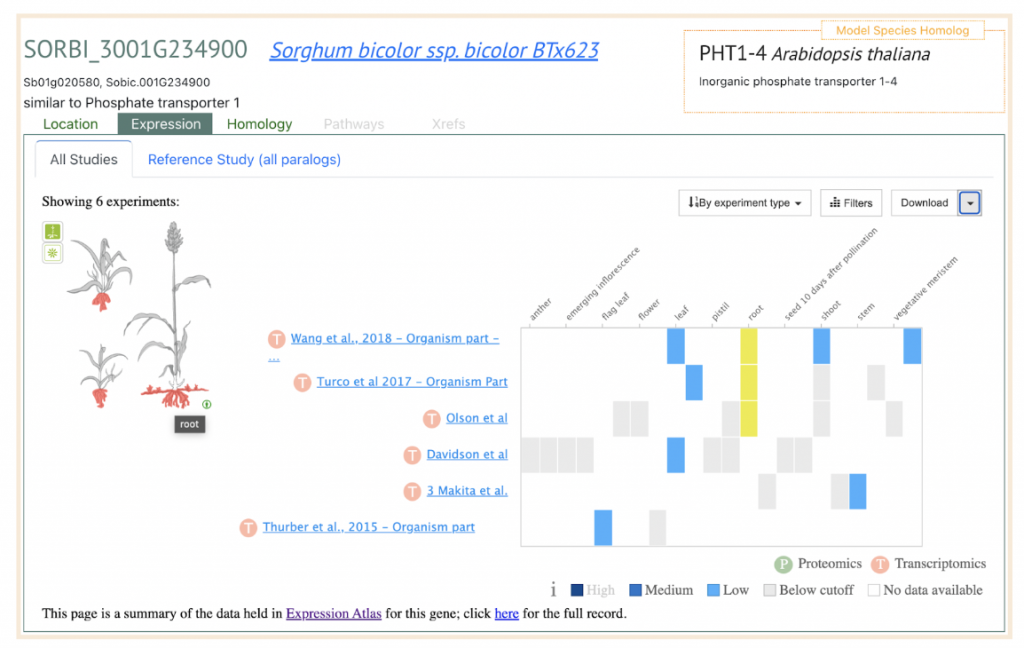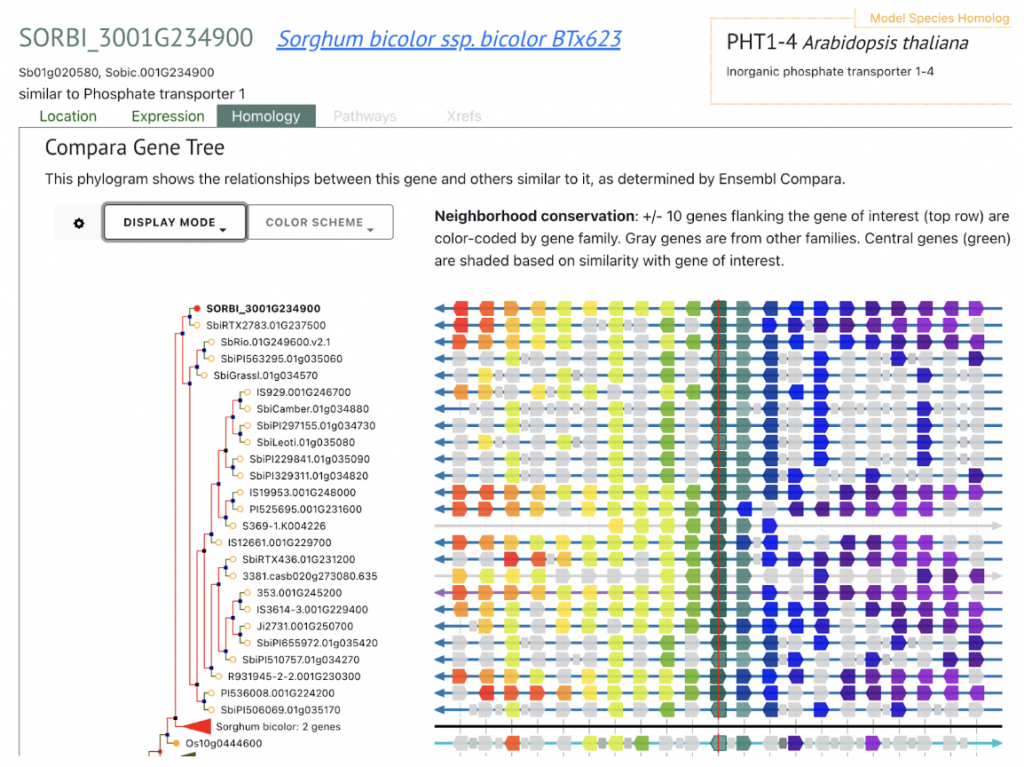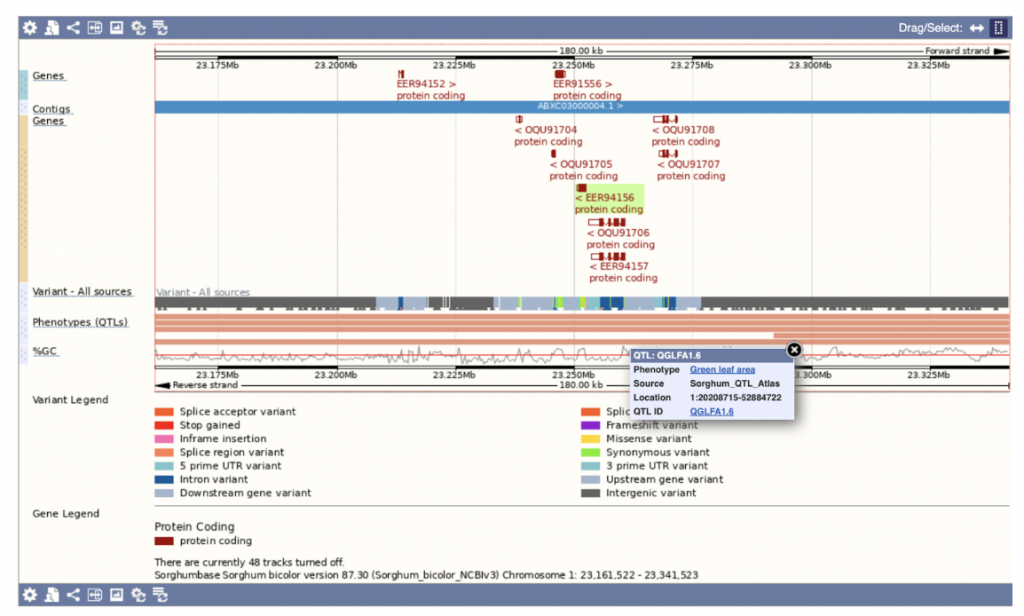Molecular Analysis of the SbPht1 gene family and its Effect on Phosphate Absorption in Sorghum
Phosphorus (P) is responsible for the synthesis of nucleotides, the cell membrane, and a great amount of phosphorylated primary and secondary metabolic compounds in plants. Although there is often insufficient availability of P in the soil, it is known that having enough P results in improved production and development rate as well as both abiotic and biotic stress-resistance. Plant phosphate transporters (PTs) are of great importance in P acquisition in plants and may be responsible for the strong phosphorus uptake of Sorghum (Sorghum bicolor) when compared with other cereal plants. The phosphate transporter 1 (Pht1) has a high phosphorus affinity. It is known that there are eleven SbPht1 genes in the sorghum genome and that nine of these genes have enhanced expression in the roots or shoots in response to a low-P environment. Scientists from Nanjing Agricultural University in Nanjing, China researched the molecular features of the genes through gene expression analysis, subcellular localization, and a yeast mutant complementation growth assay. When the SbPht1 proteins were investigated they were located solely on the cell membrane with the exception of SbPht1;8, which was located on both the cell membrane and the endoplasmic reticulum. In the yeast mutant assay ectopic expression of the SbPht1genes were observed in the EY917 yeast mutant that lacks PT activity due to the absence of functional phosphate transporters. All of the SbPht1s were able to complement EY917 when P was sufficient; however, in a low P environment SbPht1;5, SbPht1;6, and SbPht1;8 could still partially complement the yeast mutant strain. The researchers discovered that in sorghum while SbPht1;5 is important for phosphorus uptake in the roots, SbPht1;6 and SbPht1;8 are pivotal for P uptake and transport under low-P stress conditions.
SorghumBase examples:
SbPht1 SbPht1;5, SbPht1;6, and SbPht1;8



Reference
Zhang J, Shen Y, Chen W, Bai B, Ji X, Chi Y. Systematic Identification and Expression Analysis of the Sorghum Pht1 Gene Family Reveals Several New Members Encoding High-Affinity Phosphate Transporters. Int J Mol Sci. 2022 Nov 10;23(22):13855. PMID: 36430345. DOI: 10.3390/ijms232213855. Read more

